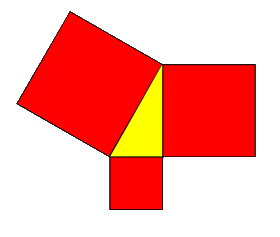 |
A proof "by rearrangement" of the Pythagorean theorem
The Pythagorean theorem, or Pythagoras' theorem is a relation among the three sides of a right triangle (right-angled triangle).
In terms of areas, the theorem states:
 |
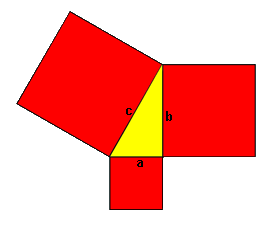 |
There exist hundreds of proofs of this theorem. Some of these proofs use formulas. Other proofs compare areas without using formulas. The most simple of these proofs use a rearrangement of triangles, squares,...
Perhaps, the following one is one of the simplest proofs by rearrangement: it's sufficient to "look":
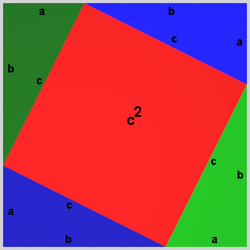
|
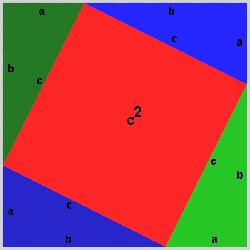 |
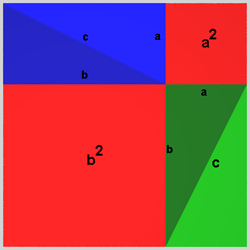
|
The large square on the left consists of the square on the hypothenuse and four of the original rectangular triangles, the same large square on the right is composed of the squares on the two other sides of the rectangular triangle and four of the original rectangular triangles. The animation shows how the rearrangement of the triangles can be done.
The area of the red square on the left equals the sum of the areas of the two red squares on the right. And that's what Pythagoras' theorem states!
I posted another animation on Youtube: CLICK HERE